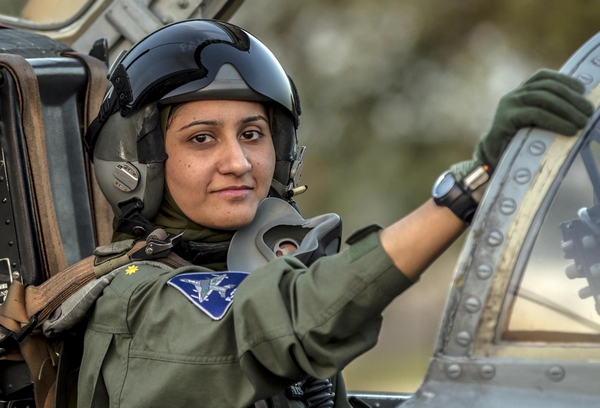- The British department of business, innovation and skills reported the application was for the export of Israeli Head Up Display (HUD) units and Electronic Warfare (EW) Systems to Pakistan.
HUDs are screens installed above the control panel and before the windscreen in the cockpits of typically military aircraft, especially fighters, which provide selected data inputs to pilots without requiring them to look down to check various data display screens and instruments. Israel manufactures the HUDs for its F-16 fighter aircraft, also operated by the Pakistan Air Force (PAF) in addition to the Chinese-built JF-17.
EW Systems is actually a broad term, and encompasses systems that form the backbone of operations in modern militaries. These are offensive and defensive systems, including directed energy, that work in the electromagnetic (EM) spectrum to identify, track,
confuse, intercept, obstruct, jam or destroy enemy electronic systems.
Israel’s defence industry manufactures some of the most advanced such systems in the world. Not surprisingly, the Israeli defence ministry jumped to deny any such transfers, saying, “The State of Israel strongly denies selling any military equipment to Pakistan,” and that, “Israel has a long-standing strategic relationship with India, a democracy that also understands what it means to fight terror. Israel would not do anything that could undermine India’s security.”
But the British department which authored the report does not strike one as likely to manufacture data. The Israeli statement tacitly acknowledged this, when it said, “The ministry of defence will be liaising with the UK department for business, innovation and skills (BIS) — the body responsible for export licensing — in order to receive clarifications regarding their official reports.”
How then, could an application be made for export licences for the transfer of Israeli military equipment to Pakistan? First, let’s examine if the Israeli government is likely to be behind such a transfer.
Defence trade with India is important to Israel because of the comparatively small size of their domestic market and the need to combat their regional threat perceptions with cutting edge technology. This is why Israel made the choice to partner with a country like India with a large defence budget and requirements and a technology deficit for joint development of military equipment.
Today, Israel is a close second to Russia as the largest defence supplier to India, with around $1 billion in annual trade and total sales close to $10 billion. According to IHS Jane’s, Israel’s arms sales increased by 74 per cent since 2008, riding on the back of deals with India and made Israel the world’s sixth largest exporter in 2012 with $2.4 billion of business.
For Israel, India is one of its largest markets, which included systems like the Phalcon Airborne Warning and Control System (AWACS), unmanned aerial vehicles (UAVs), radar, HUDs, electronics and Barak missile. Israel also hopes to get orders for anti-tank guided missiles (ATGMs), and surface to air missiles (SAMs).
On the face of it, the size and nature of this trade appears to preclude any venture that could jeopardise it by antagonising India for the sake of hypothetical,
but almost certainly smaller, deals with Pakistan. So, it is easy to believe the Israeli protestations.
That leaves the prospect of an arms transfer being attempted by a possibly freelance enterprise posing as the Israeli government or without its knowledge.
The problem is that the colour of international arms trade ranges from white to black, with a lot of grey in between. When conducted between governments such trade is subject to documentation. But when conducted by private entities regulation and documentation can be casualties.
For instance, last week, news reports in the UK revealed a British arms dealer admitting in a UN report to being approached by North Korean representatives to facilitate the sale of its “inter-continental missiles.”
This broker, by the way, was jailed last year for violating export controls, when he arranged the sale of around 100 SAMs to Azerbaijan from North Korea.
Another British arms dealer was jailed last December for arranging the sale of thousands of AK-47 rifles, pistols and millions of rounds of ammunition from China to Nigeria without a licence.
India has hardly been immune to the influence of disreputable but organised arms agents. The latest scandal over allegations of kickbacks being paid to supply the IAF 12 AgustaWestland VVIP helicopters remains unresolved.
With all this in mind, it does not require much imagination to conclude the likelihood of the attempted transfer of HUD units and EW systems to Pakistan having been a private project. But it must also be noted that if an application was made to permit the sale of these systems, the applicant, whoever she or he was, must have had a buyer in mind.
And until more facts emerge, the takeaway from this episode is that in the absence of legitimate avenues, and not withstanding the denials of its Inter Service Public Relations (ISPR), the Pakistan military is shopping underground to acquire export restricted advanced weapon systems.
– The writer is the editor of the defence news website StratPost.com



.jpg)









